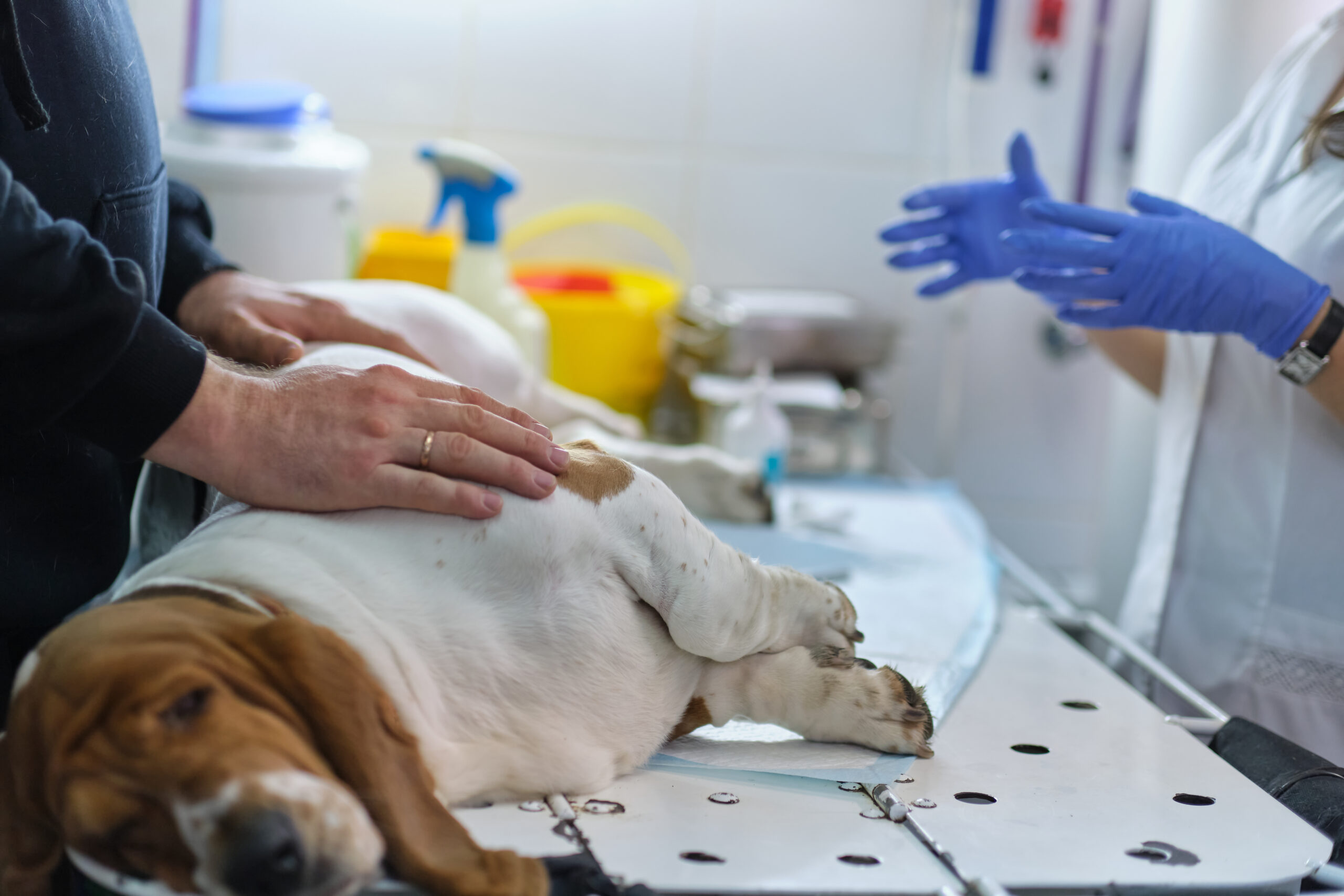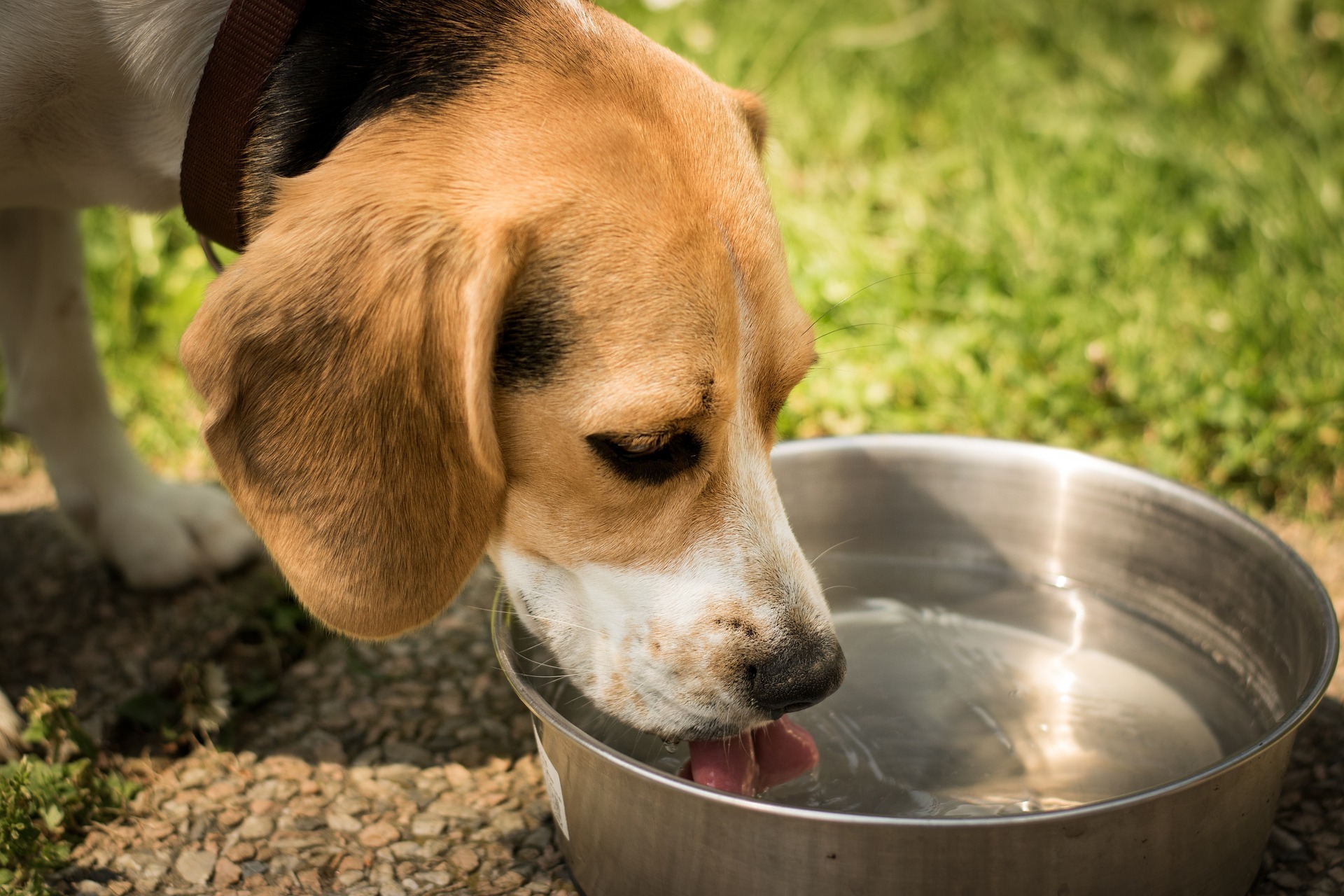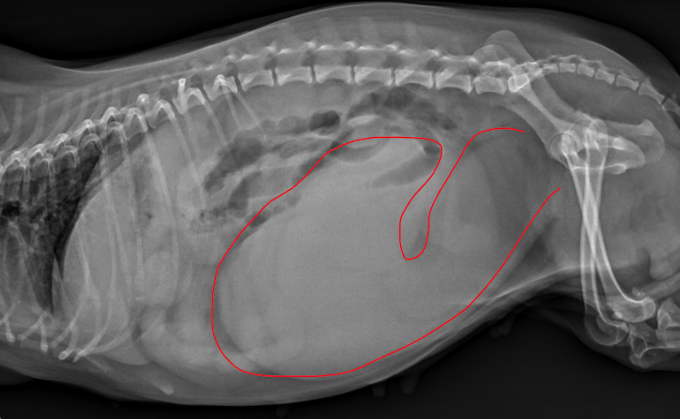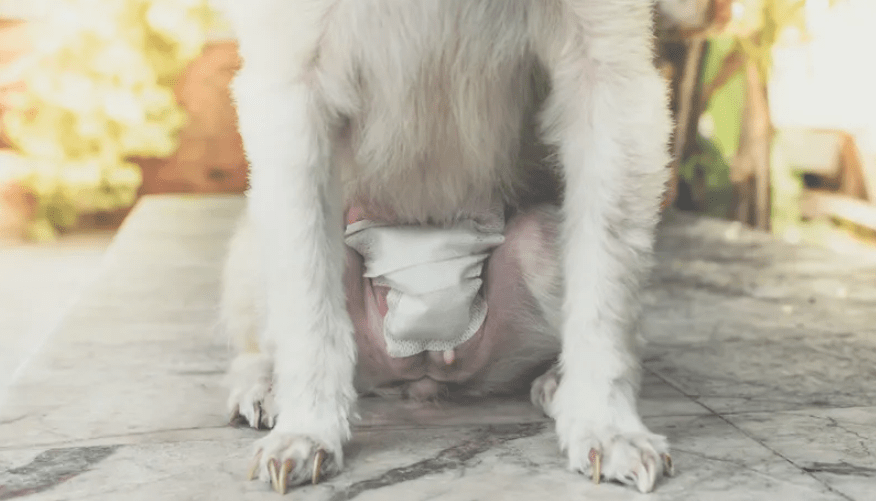-
Adopt
-
Veterinary Care
Services
Client Information
- What to Expect – Angell Boston
- Client Rights and Responsibilities
- Payments / Financial Assistance
- Pharmacy
- Client Policies
- Our Doctors
- Grief Support / Counseling
- Directions and Parking
- Helpful “How-to” Pet Care
Online Payments
Referrals
- Referral Forms/Contact
- Direct Connect
- Referring Veterinarian Portal
- Clinical Articles
- Partners in Care Newsletter
CE, Internships & Alumni Info
CE Seminar Schedule
Emergency: Boston
Emergency: Waltham
Poison Control Hotline
-
Programs & Resources
- Careers
-
Donate Now
 By Mina Gergis, DVM
By Mina Gergis, DVM![]()
angell.org/emergency
emergency@angell.org
781-902-8400
October 2023
x
x
x
Overview
Pyometra is a life-threatening infection that affects the uterus of female dogs and cats who have not been spayed. Middle-aged and older un-spayed dogs and cats are particularly susceptible to this condition. Despite being acknowledged for many years, the underlying mechanisms of the disease remain partially elusive. It is widely accepted that pyometra development involves the participation of progesterone, estrogen, and their receptors. However, the actual infection is instigated by a bacterial presence that is introduced into the uterus at a specific time during the heat cycle. The bacteria commonly isolated from the infected uterus are typically those that are usually present in the intestines and vagina.
spayed. Middle-aged and older un-spayed dogs and cats are particularly susceptible to this condition. Despite being acknowledged for many years, the underlying mechanisms of the disease remain partially elusive. It is widely accepted that pyometra development involves the participation of progesterone, estrogen, and their receptors. However, the actual infection is instigated by a bacterial presence that is introduced into the uterus at a specific time during the heat cycle. The bacteria commonly isolated from the infected uterus are typically those that are usually present in the intestines and vagina.
Consequently, most infections are believed to result from bacteria ascending from the vagina, coinciding with a urinary tract infection, or through fecal contamination. If an un-spayed female dog or cat shows signs of illness, especially within four months after their heat cycle, pyometra should be considered a potential cause. Detecting and treating pyometra promptly is crucial for improving the chances of survival.
Clinical Signs
 The extent of symptoms associated with pyometra will vary depending on whether the cervix, which serves as the entrance to the uterus, is open or closed. When the cervix is closed, more severe symptoms of illness are likely to occur. Due to the potentially severe nature of the infection, the symptoms exhibited by your pet are not confined to the genital tract. The inflammation linked to the infection can be so overwhelming that it poses a life-threatening risk through an uncontrolled inflammatory response.
The extent of symptoms associated with pyometra will vary depending on whether the cervix, which serves as the entrance to the uterus, is open or closed. When the cervix is closed, more severe symptoms of illness are likely to occur. Due to the potentially severe nature of the infection, the symptoms exhibited by your pet are not confined to the genital tract. The inflammation linked to the infection can be so overwhelming that it poses a life-threatening risk through an uncontrolled inflammatory response.
The most common clinical signs in dogs and cats are:
- Vaginal discharge (may or may not be present as it depends on whether or not the cervix is closed, partially closed or open)
- Fever
- Decreased appetite
- Lethargy
- Excessive water intake
- Excessive urination
- Panting
- Pale mucus membranes (gums)
- Abdominal pain
- Abdominal distension
Diagnosis

X-ray showing pyometra in a dog
Based on your pet’s medical history, clinical signs, and physical examination, your veterinarian may have a suspicion of pyometra. If the cervix is not open, further diagnostic tests may be necessary to confirm the diagnosis.
The diagnostic tests that your veterinarian may recommend to help diagnose pyometra include:
- Abdominal ultrasound or abdominal X-rays: These imaging techniques can aid in identifying a distended uterus filled with fluid.
- Complete blood count: This test examines the white and red blood cell counts to assess the severity of anemia and inflammatory response.
- Vaginal cytology: By analyzing the vaginal discharge, this test can detect the presence of bacteria and inflammatory cells.
These diagnostic measures are crucial in confirming the presence of pyometra in your pet.
Treatment
Pyometra is an urgent medical emergency that demands immediate intervention to prevent the spreading of severe infection and potential fatality. The first step in managing this condition for most pets is ensuring their stability before surgery by providing supporting care. This involves administering intravenous fluids, injectable antibiotics, and painkillers to support their overall well-being and prepare them for the necessary surgical procedure.
Ovariohysterectomy, commonly known as a spay procedure, is the treatment of choice. This therapeutic surgery generally leads to a quick recovery with minimal risk of future recurrence. Additionally, by removing the ovaries and uterus, ovariohysterectomy eliminates the risks of ovarian and uterine cancer and unwanted pregnancies in the future.
 The medical management of pyometra without surgery typically entails administering intravenous fluids, antibiotics, and prostaglandin injection, which promotes relaxation (opening) of the cervix, allowing the uterine contents to escape. However, this approach is seldom recommended and discouraged, except for some instances, such as young and valuable breeding dogs. It is not suitable for critically ill animals or those with closed pyometra. Medical management may take several days to show improvement, and some cases may not improve at all, ultimately necessitating surgical intervention. It is important to note that medical management carries various side effects, including panting, drooling, diarrhea, vomiting, and, in rare cases, the potential rupture of the uterus, which can be life-threatening.
The medical management of pyometra without surgery typically entails administering intravenous fluids, antibiotics, and prostaglandin injection, which promotes relaxation (opening) of the cervix, allowing the uterine contents to escape. However, this approach is seldom recommended and discouraged, except for some instances, such as young and valuable breeding dogs. It is not suitable for critically ill animals or those with closed pyometra. Medical management may take several days to show improvement, and some cases may not improve at all, ultimately necessitating surgical intervention. It is important to note that medical management carries various side effects, including panting, drooling, diarrhea, vomiting, and, in rare cases, the potential rupture of the uterus, which can be life-threatening.
Outcome
The likelihood of successful treatment without surgical intervention or prostaglandin therapy is exceedingly low. Failure to undergo prompt treatment can result in fatal consequences due to the toxic effects of the bacteria. In cases where the cervix is closed, there is a risk of uterine rupture, causing the infection to spread into the abdominal cavity, leading to a fatal outcome.
The prognosis for survival after undergoing ovariohysterectomy is generally favorable, with a reported success rate ranging from 80% to 100% when abdominal contamination is avoided and appropriate treatment is administered to combat systemic infection. However, the prognosis may be less favorable if severe sepsis and organ failure develop.
Prevention
Thankfully, there exists an effective method for preventing pyometra. Ideally, early spaying of dogs and cats before they undergo multiple heat cycles, can eliminate the risk of this disease. While the appropriate timing for spaying may vary for each pet, most veterinarians advise performing the procedure at approximately six months of age, before the onset of their first heat cycle. Importantly, there is no upper age limit for spaying, and the risk of pyometra can be eradicated at any stage of an animal’s life.